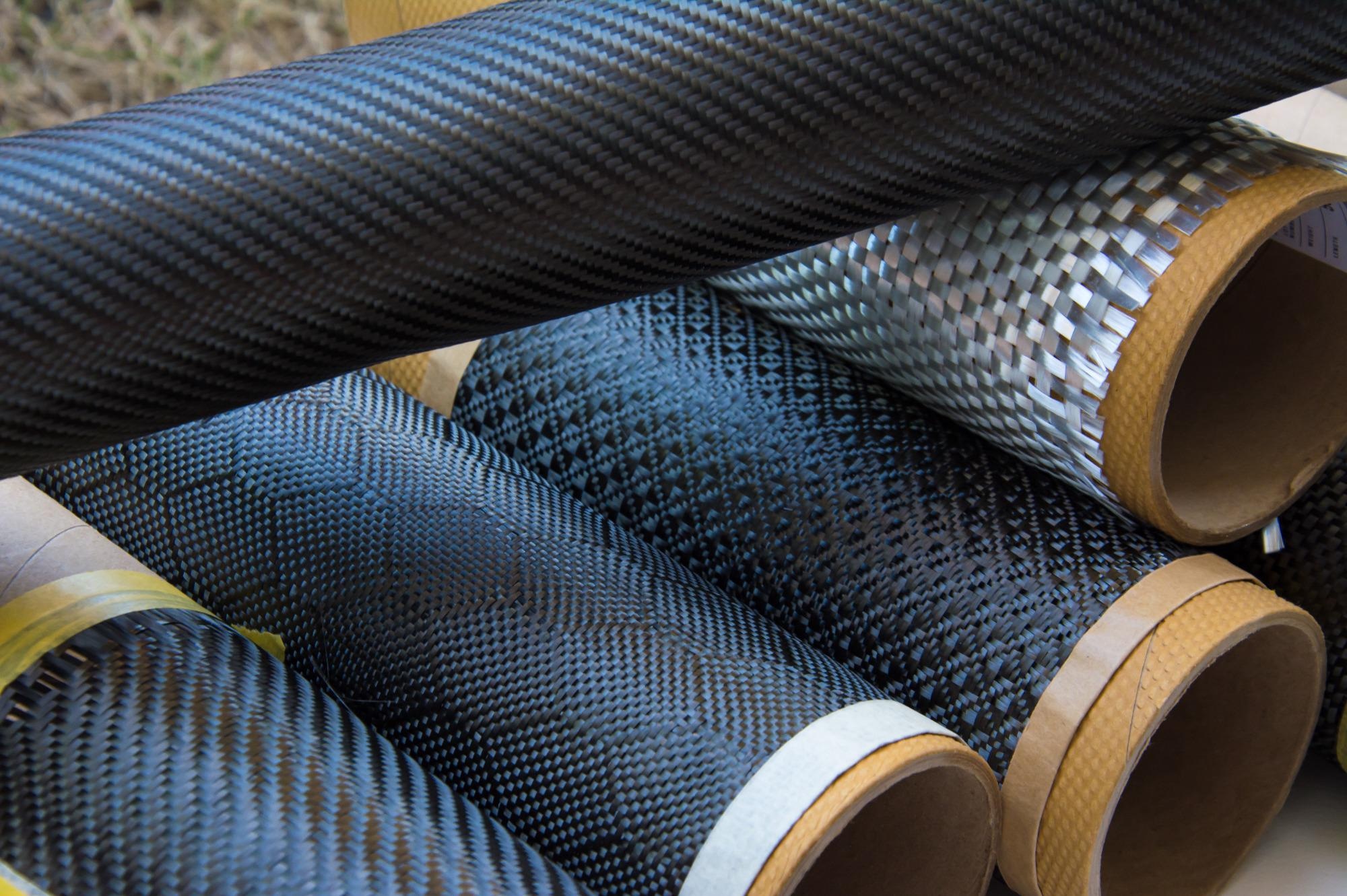
Image Credit: TLaoPhotography/shutterstock.com
Carbon fiber reinforced polymers are used across a diverse range of applications in the engineering and building fields. New research aims to make these materials even more useful by making them reusable.
Increased concern for the environment and diminishing supplies of natural resources coupled with a burgeoning global population and increased urbanization has led to the need for a circular economy. This means an increasing demand for materials that can be reused multiple times.
Unfortunately, even some recyclable materials can only be reused a limited number of times.
Recycling can be a process with diminishing returns, with some substances losing physical strength and properties as diverse as rigidity and flexibility over multiple uses, making them considerably less functional.
This is definitely the case for carbon fiber reinforced polymer (CFRP) composites. These materials are renowned for properties such as ease of shaping, strength, fatigue resistance, high stiffness and low density over alternatives like steel. This means widespread use in an incredibly diverse range of applications.
CFRPs are used in the repair and reinforcement of concrete structures, in a wide range of automobile parts and in various other mechanical engineering applications. The car industry itself currently accounts for a quarter of CFRP production.
Unfortunately, these materials are also non-biodegradable and currently lack an efficient recycling technique. This means that most CFRP-based materials are headed for landfills or incineration after they have ceased to be useful. Both measures present considerable potential harm to the environment and even to the health of the general public.
This could be about to change thanks to scientists from the School of Civil Engineering based at the University of Sydney, Australia. The team has developed a novel technique for the recycling of CFRPs. When processed this way, the materials lose only 10% of their initial tensile strength.
Globally and in Australia, there has been a march towards better recycling processes, however, there is often the belief that a material can be recycled an infinite amount of times — this simply isn’t the case. Most recycling processes diminish mechanical or physical properties of materials.
Dr. Ali Hadigheh, Lead Author, University of Sydney
Hadigheh is the lead author of a paper detailing the team’s findings due to be published in the April edition of the journal Engineering Structures¹.
Stay Strong CFRPs
The first step in the team’s optimized two-phase process is pyrolysis — heating in the absence of oxygen — of the CFRP. This breaks the material down but also chars it — something that prevents it from bonding well with a matrix comprised of resin.
The team then apply the second step of their process— oxidation — to remove this charring and return the material’s bonding ability.
Yet as Hadigheh points out, these pyrolysis and oxidation treatments have existed for some time and aren’t alone sufficient to preserve carbon fibers. So, in order to guarantee a high quality recovery of the CFRP, the material’s thermal decomposition must be carefully guided.
This guidance can be achieved by analyzing the energy needed to kick-start a chemical reaction in the composite, and in turn, separate the carbon fibers from the resin matrix surrounding them.
“What makes our method so successful is that we have added specific parameters — such as temperature, heating rate, atmosphere or time spent being oxidized and heated — that preserve the functionality of carbon fiber,” adds Hadigheh.
Creating High Grade Recyclable CFRPs
As you may imagine, for material with so many diverse uses and applications across a wide range of fields, CFRP production is big business.
The market for general fiber reinforced polymers (FRPs), of which CFRPs are a sub-category, was worth an estimated 114.13 billion USD in 2016 and it has only grown in the five years following that year.
In 2010 it was estimated that FRP production reached a staggering 6 million tonnes per annum. That is estimated to have grown by 300% in each year of the following decade. That could make non-recyclable, non-biodegradable CFRPs a major environmental problem in the future if measures aren’t taken to rectify this.
We embarked on the project with the aim of producing high grade, low-cost structural materials made from recycled carbon fiber composites, for use in industries from aerospace and automotive through to sporting goods and renewable energy and construction. The 2016 Australian National Waste Report concludes that the use of composite materials is creating future challenges to recycling.
Dr. Ali Hadigheh, Lead Author, University of Sydney
“Plainly put, if we do not develop efficient and cost-effective methods to recycle carbon fiber composites, we risk damaging the environment significantly.”
References
1. Hadigheh. S. A., McDougall. R. M., Wiseman. C., Reid. L., [2021], ‘Evaluation of composite action in cross laminated timber-concrete composite beams with CFRP reinforcing bar and plate connectors using Digital Image Correlation (DIC),’ Engineering Structures, [https://doi.org/10.1016/j.engstruct.2020.111791]
Disclaimer: The views expressed here are those of the author expressed in their private capacity and do not necessarily represent the views of AZoM.com Limited T/A AZoNetwork the owner and operator of this website. This disclaimer forms part of the Terms and conditions of use of this website.